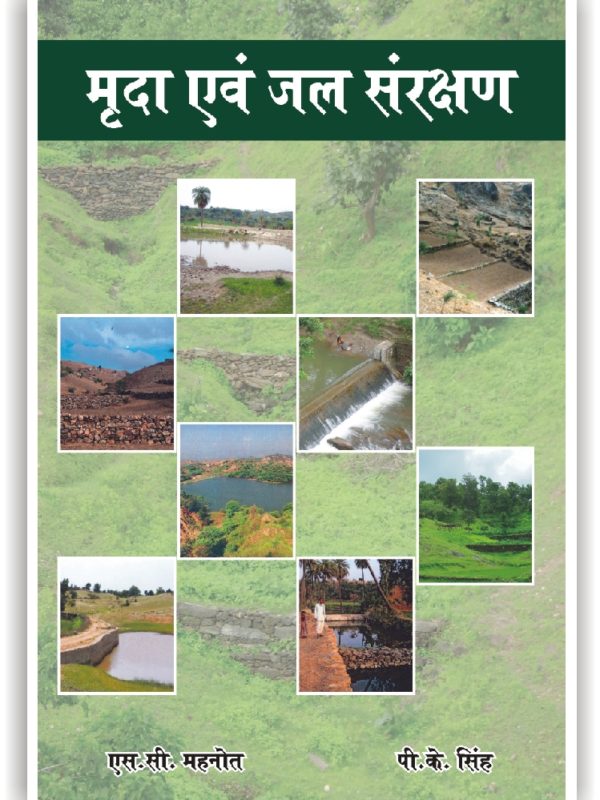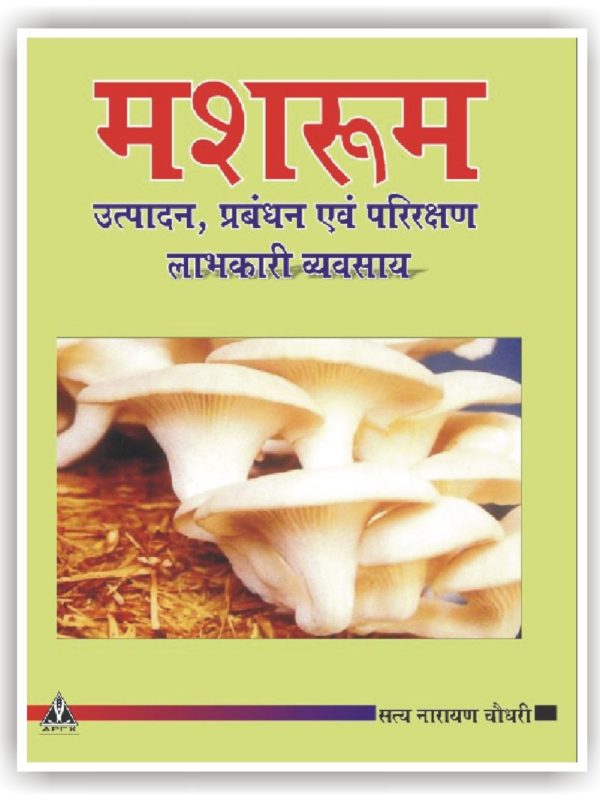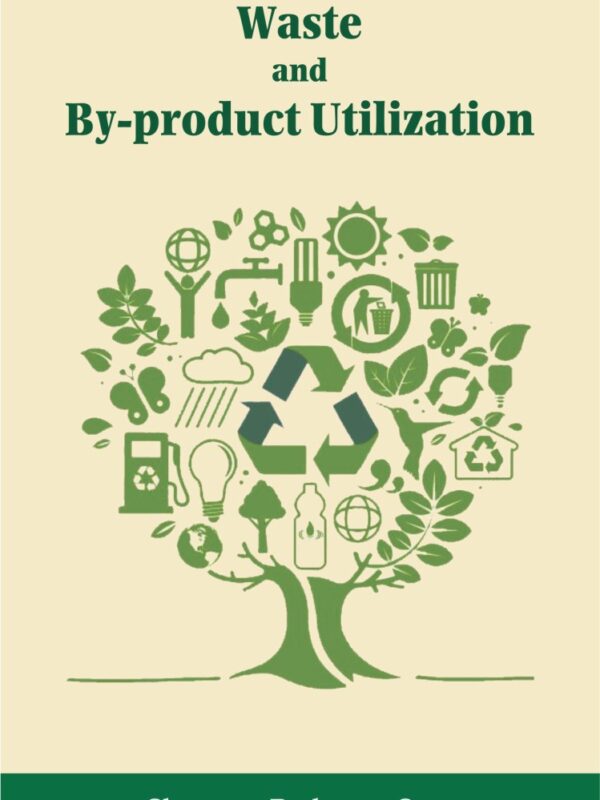Description
Formation of gas from decaying organic matter was well known since centuries, although it has not been attributed to biological activity to microorganisms. Foundation of modern knowledge and technical applications have only been developed recently. In addition to the aerobic degradation, huge amounts of biomass are continuously mineralized anaerobically. Methane is one of the highly active greenhouse gases responsible for about 15% of the greenhouse effect. For this reason, artificial entry of CH4 to the atmosphere must be strictly avoided. During anaerobic stabilization of organic material, over 90% of the available energy can be saved as biogas while solely about 10% are transformed to new cell mass. Biogas represents a valuable energy source.
This book, Biomethanation Technology is intended to provide an overview of anaerobic technology in its broadest sense. The book has been divided into nine chapters. The first three units of these consist of introductory chapters that relate technology to anaerobic digestion, process fundamentals and process engineering. The remaining six units are organized according to the different major areas consisting of analysis, biogas production, sludge treatment, alternate feedstock for biogas production, economic consideration and Indian biogas programmes. In addition, the book covers the environmental aspects, case studies, laboratory and pilot investigations.
This book is planned to serve as both a reference book and a textbook. The book is properly strengthened by suitable diagrams, graphs, figures, tables, flows charts etc. to make the subject matter more explicable. It will give useful information and insight for future research in anaerobic technology







